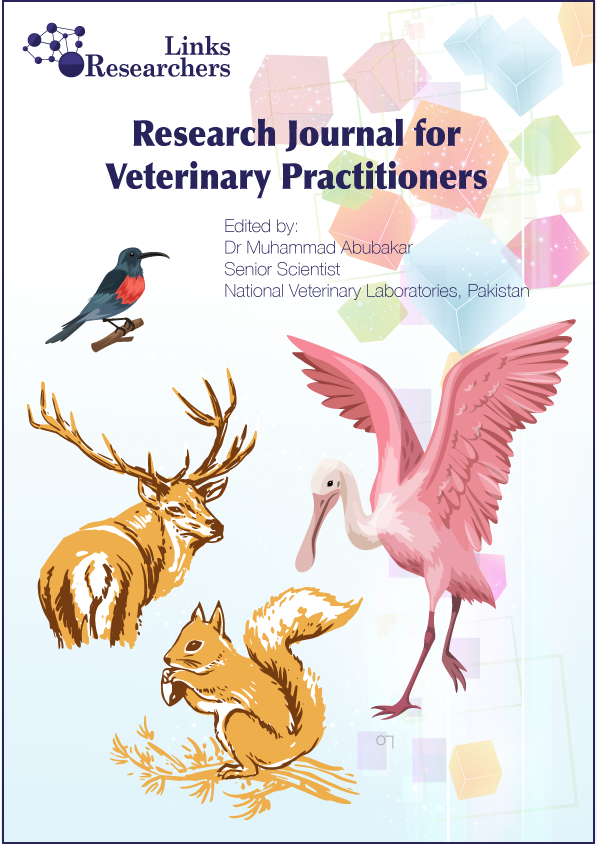Impact of Oxytocin on Physicochemical Characteristics of Buffalo Milk at Different Lactations
Impact of Oxytocin on Physicochemical Characteristics of Buffalo Milk at Different Lactations
Ghani Khan1, Saeed Ahmed Soomro1, Abdul Kabir2, Abdullah Iqbal3*,Naik Muhammad Marri 4, Syed Ahmad khan5, Muhammad Roidar Khan6 , Anees ur Rehman1, Muhammad Zakir Khan7
ABSTRACT
Oxytocin is a hormone that is necessary for lactation and the production of milk. It has frequently been used in the dairy sector to boost the production of animal milk. The goal of this research was to find out how oxytocin affected the physicochemical properties of buffalo milk. Milk samples were collected from thirty lactating buffaloes, divided into a control group and an oxytocin-treated group, and further subdivided by lactation. The samples were analyzed for pH, specific gravity, ash, protein, total solids, fats, lactose, and moisture content. The results showed that oxytocin treatment significantly decreased pH levels in milk from the first lactation, while specific gravity did not differ significantly between the control and oxytocin-treated groups. Total solids, ash, and protein concentration were significantly higher in the oxytocin group, while lactose concentration significantly increased in all lactations of the oxytocin group. Higher milk production was also observed in the third lactation of the oxytocin group. This study provides new insights into the effect of oxytocin on the physicochemical parameters of buffalo milk. This indicates that oxytocin treatment can affect the milk biochemical parameters, along with total solids, ash, and protein concentration, as well as lactose concentration. However, the decrease in pH levels suggests that oxytocin treatment may also affect milk quality. To prevent oxytocin use in the dairy industry from lowering the quality of milk produced, it should be closely regulated.
To share on other social networks, click on any share button. What are these?





